
10 Indoor Plants That Act as Natural Humidity Absorbers for Your Home
Maintaining optimal humidity levels in your home is crucial for comfort and overall well-being. Excess humidity can lead to issues like mold growth, musty odors, and even respiratory problems. While using dehumidifiers can help, incorporating indoor plants that naturally absorb humidity is a sustainable and aesthetic way to tackle this issue. In this article, we’ll explore 10 indoor plants that are not only beautiful additions to your home decor but also effective at reducing humidity levels.
Best Indoor Plants To Humidity Absorbers for Your Home
- Peace Lily (Spathiphyllum)
- Snake Plant (Sansevieria)
- Boston Fern (Nephrolepis exaltata)
- Spider Plant (Chlorophytum comosum)
- Aloe Vera
- English Ivy (Hedera helix)
- Philodendron
- Bamboo Palm (Chamaedorea seifrizii)
- Areca Palm (Dypsis lutescens)
- Parlour Palm (Chamaedorea elegans)
Peace Lily (Spathiphyllum)
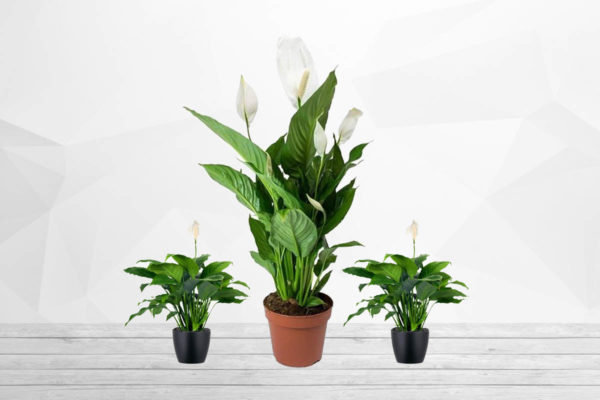
The Peace Lily is renowned for its ability to purify indoor air by removing toxins and excess moisture. Its lush foliage and elegant white blooms make it a popular choice for both homes and offices.
Also Read This : Green Beginnings: A Guide to Backyard Gardening for Beginners
Snake Plant (Sansevieria)
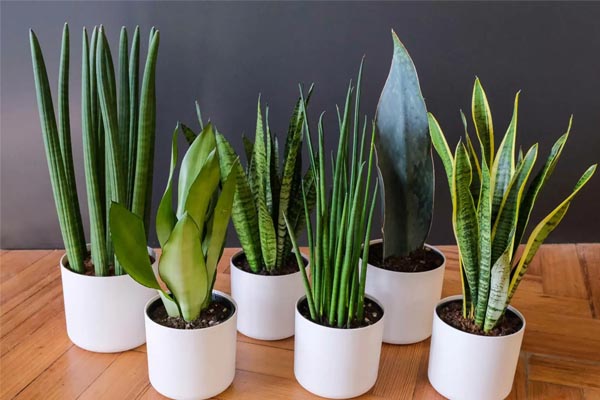
Snake plants are hardy, low-maintenance plants that thrive in various indoor conditions. They absorb moisture from the air through their leaves, making them ideal for humid environments like bathrooms and kitchens.
Also Read This : Crafting Coco Peat: Unveiling the Coconut Transformation Process
Boston Fern (Nephrolepis exaltata)

Boston Ferns are classic indoor plants known for their feathery fronds and air-purifying properties. They thrive in high humidity and help to regulate moisture levels in your home.
Also Read This : Thriving in the Heat: Essential Tips for Summer Vegetable Gardening
Spider Plant (Chlorophytum comosum)
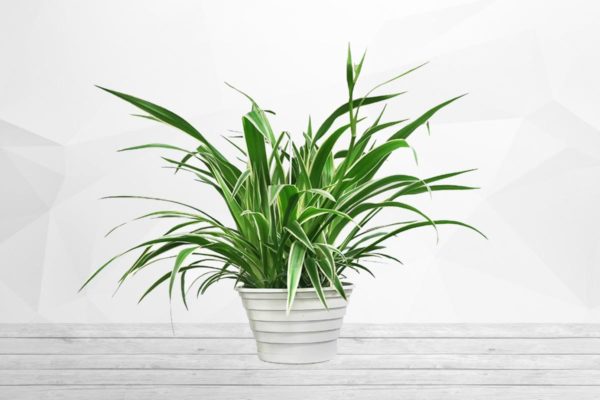
Spider plants are not only easy to care for but also excellent at absorbing excess moisture. They are resilient and produce small plantlets, making them perfect for hanging baskets or as tabletop decorations.
Also Read This : Green Spaces Elevated: 12 Tips for Successful Deck Gardening
Aloe Vera
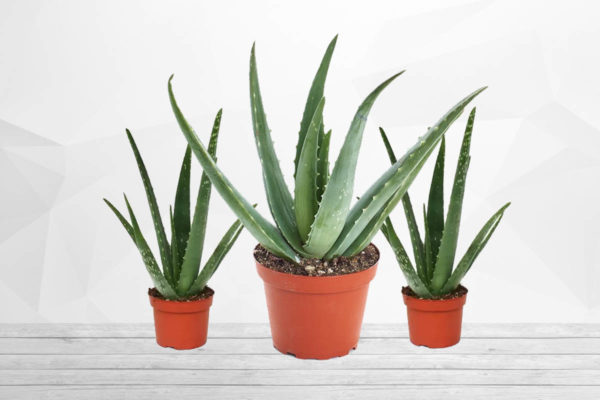
Aloe Vera is prized for its medicinal properties, but it also serves as a natural dehumidifier. This succulent plant stores water in its leaves and releases oxygen while absorbing excess moisture from the air.
Also Read This : Green Love: The Best Indoor Plants to Gift Your Partner on Valentine’s Day
English Ivy (Hedera helix)

English Ivy is a versatile plant that can be grown indoors or outdoors. It thrives in humid conditions and helps to reduce airborne mold particles, making it beneficial for those with allergies or respiratory issues.
Also Read This : Essential Tips for First-Time Gardeners: Cultivating Success in Your Green Space
Philodendron

Philodendrons are popular houseplants known for their glossy, heart-shaped leaves. They thrive in warm, humid environments and can effectively absorb excess moisture from the air.
Also Read This : 7 Beautiful Flowers That Bloom in Spring: A Burst of Color and Fragrance
Bamboo Palm (Chamaedorea seifrizii)

Bamboo palms are tropical plants that add a touch of elegance to any indoor space. They are highly effective at removing toxins and humidity from the air, making them ideal for improving indoor air quality.
Also Read This : All Plants Will Be Green: Follow These Tips for Vibrant Foliage
Areca Palm (Dypsis lutescens)
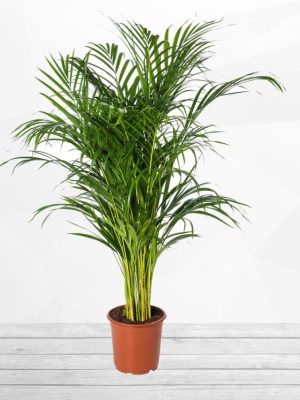
Areca palms, also known as butterfly palms, are native to Madagascar and thrive in humid conditions. They are excellent at purifying the air and can help to maintain balanced humidity levels in your home.
Also Read This : Exploring the Beauty of 10 Plants With Heart-Shaped Leaves
Parlour Palm (Chamaedorea elegans)

Parlour palms are compact, slow-growing plants that are well-suited for small spaces. They thrive in humid environments and can tolerate low light conditions, making them perfect for offices or bedrooms.
Also Read This : 7 Must-Have Plants for Your Kitchen to Enhance Beauty and Functionality
Indoor Plants Care Tips
Taking care of indoor plants that absorb humidity is relatively simple and rewarding. Here are some essential care tips to keep them thriving:
- Light: Most of these plants prefer indirect sunlight, so place them near a window where they can receive filtered light throughout the day.
- Watering: Allow the soil to dry out slightly between waterings to prevent overwatering, which can lead to root rot. Use room temperature water and avoid letting the plants sit in standing water.
- Humidity: While these plants help regulate humidity levels, misting their leaves occasionally can mimic their natural habitat and promote healthy growth.
- Temperature: Keep your indoor environment between 60-75°F (15-24°C) to ensure optimal growth and health for your plants.
- Pruning: Regularly remove dead or yellowing leaves to encourage new growth and maintain the plant’s appearance.
- Potting: Repot your plants as needed to provide adequate space for root growth and refresh the soil’s nutrients.
By following these care tips, you can enjoy lush and vibrant indoor plants that not only enhance your home decor but also contribute to a healthier indoor environment.
Incorporating indoor plants that absorb humidity is a natural and effective way to create a healthier and more comfortable living environment. Whether you prefer lush ferns, elegant palms, or low-maintenance succulents, there’s a plant suited to every taste and space. By bringing these green allies into your home, you not only enhance its beauty but also promote better air quality and overall well-being for you and your family.




